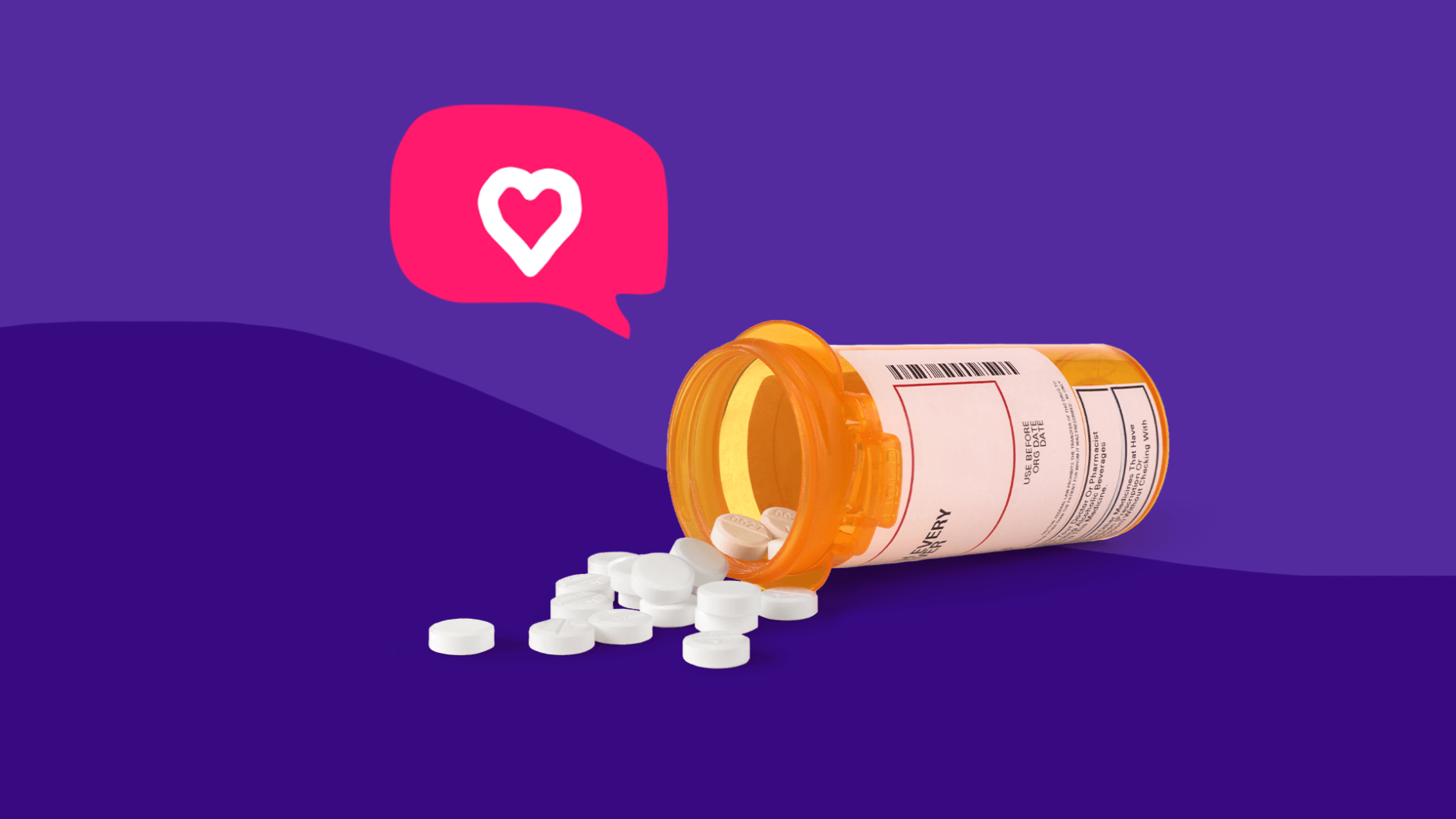As the leaves fall and temperatures drop, prescriptions for penicillin drugs increase.
According to SingleCare data, last November the most commonly filled prescriptions were penicillins. In fact, they accounted for nearly 4% of the drugs filled.
These antibiotics took the top spots:
| Common penicillin drugs | |
|---|---|
| Drug name | Get coupon |
| Amoxicillin | Get coupon |
| Amoxicillin clavulanate potassium (brand name Augmentin) | Get coupon |
| Penicillin V potassium | Get coupon |
| Ampicillin | Get coupon |
| Dicloxacillin sodium | Get coupon |
Why are penicillin antibiotics popular in November?
These medications treat bacterial (not viral) infections. In November, certain types of bacterial infection can become more prevalent. Late fall is the start of upper-respiratory tract infection (URI) season. Think the common cold, flu, sore throats, and sinus inflammation (sinusitis). While these conditions are often caused by viruses, they can lead to secondary bacterial infections, for which penicillins can be prescribed.
“Anytime the body is infected with a virus, it tries to fight that virus by sending chemicals and ‘fighter’ cells to that area of the body to kill the virus,” explains Milner Staub, MD, an infectious disease doctor and associate director of antimicrobial stewardship at Vanderbilt University Medical Center in Nashville. “Unfortunately, there can be collateral damage to the surrounding body tissues, making them temporarily more susceptible to other infections, like bacterial infections.”
Amoxicillin, amoxicillin clavulanate potassium, and penicillin V potassium
These common penicillin drugs are used to treat some common bacterial infections, such as inner ear infections, strep throat, and bacterial sinus infections.
“The general rule is, in the infections listed above, when a bacterial cause is highly suspected or confirmed, in uncomplicated cases (which are the majority), amoxicillin [and, to a lesser degree, penicillin V potassium] is often recommended,” Dr. Staubs says. “Amoxicillin-clavulanate is recommended for cases that are unresponsive or are complicated.”
Ampicillin and dicloxacillin sodium
While these penicillin antibiotics made SingleCare’s top five list for November, they are far less likely to be prescribed than amoxicillin, amoxicillin/clavulanate potassium, and penicillin V potassium. “Ampicillin oral is not as well tolerated in many patients compared to amoxicillin, so it’s less used,” says Yi Guo, Pharm.D., a pharmacist with Montefiore Health System in NYC. “And dicloxacillin covers MSSA-associated infection only.” MSSA is methicillin-sensitive Staphylococcus aureus, a type of staph infection that is commonly found on the skin.
When do you need an antibiotic?
It’s not always easy to tell when an infection is viral or bacterial—even for healthcare providers. Sometimes there are signs, like pus draining from an ear, to indicate an inner ear infection is bacterial. In other cases, such as the flu and strep throat, specimens can be tested and a definitive diagnosis given.
But what if there are no tell-tale signs or tests? Your doctor will look at your medical history and symptoms—especially how long they’ve lasted—to help pinpoint whether an antibiotic is needed.
“A virus tends to run its course within 5-7 days,” says Tania Dempsey, MD, a chronic disease specialist at Armonk Integrative Medicine in Purchase, NY. “But if after that time the patient continues to get worse, you have to make a clinical judgment and say, maybe there’s a bacterial component here.”
What is antibiotic resistance?
Antibiotic resistance occurs when bacteria change in response to the drugs commonly used to treat them, thereby becoming “resistant” to the drugs. According to the Centers for Disease Control and Prevention (CDC), each year 2.8 million people get an antibiotic-resistant infection and 35,000 people die because of it. And much of the problem stems from overuse and overprescribing of antibiotics, particularly for viral infections that are not responsive to antibiotic treatment.
“Uncomplicated URI diagnoses that we know are frequently caused by viruses can be opportunities for providers to work with the patient to create a plan,” Dr. Staub says. “Instead of receiving an antibiotic, the patient gets prescriptions that can help reduce symptoms (if possible) and is given clear instructions about what to look for to indicate that the infection may be changing into one that does require antibiotics.”
How to avoid needing antibiotics this month
Steering clear of antibiotics means steering clear of infections. Take these steps to avoid them:
- Wash your hands (for 20 seconds) with soap and water frequently
- Continue to wear your face mask
- Get plenty of sleep
- Eat a healthy diet
- Exercise
And don’t forget to get your flu shot. Even though you don’t take antibiotics to treat it, it’s one of the most important things you can do to prevent getting sick this season!



